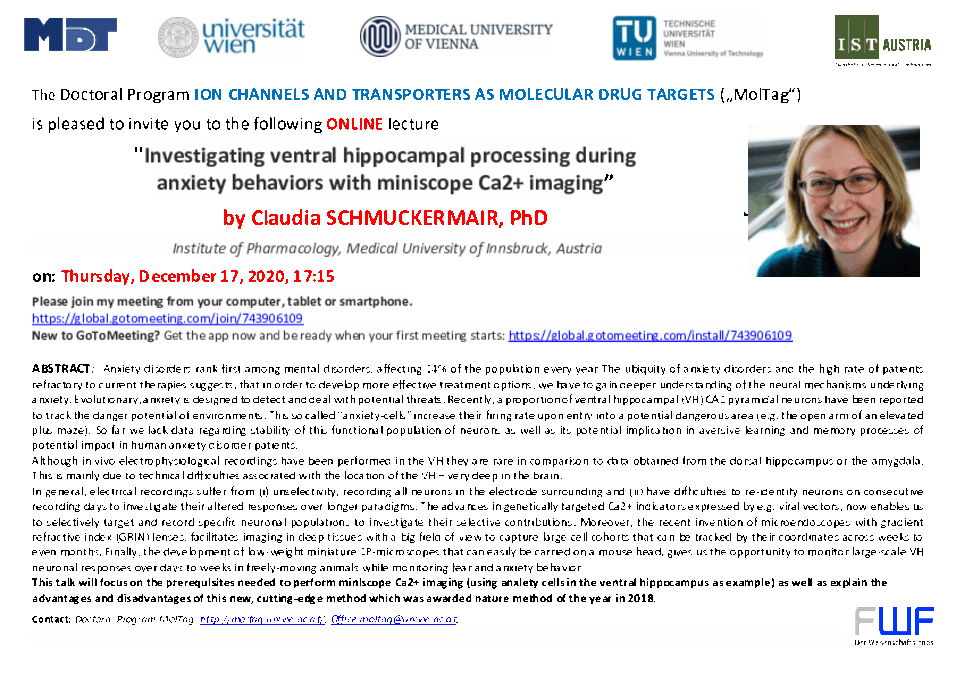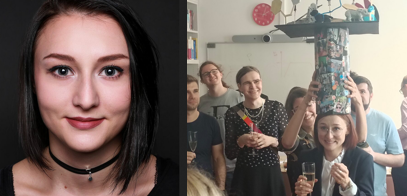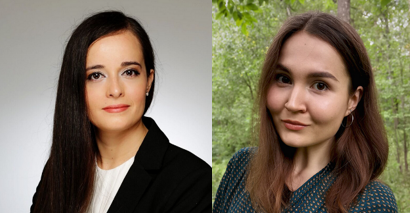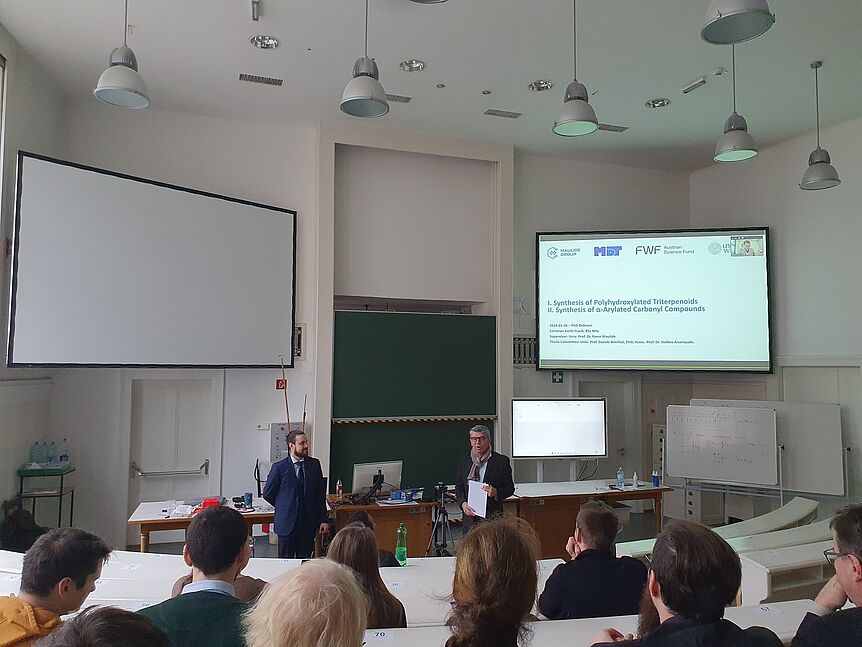The Doctoral Program ION CHANNELS AND TRANSPORTERS AS MOLECULAR DRUG TARGETS („MolTag“)
is pleased to invite you to the following ONLINE lecture
"Investigating ventral hippocampal processing during anxiety behaviors with miniscope Ca2+ imaging”
by Claudia SCHMUCKERMAIR, PhD
Institute of Pharmacology, Medical University of Innsbruck, Austria
on: Thursday, December 17, 2020, 17:15
Please join my meeting from your computer, tablet or smartphone.
https://global.gotomeeting.com/join/743906109
New to GoToMeeting? Get the app now and be ready when your first meeting starts: https://global.gotomeeting.com/install/743906109
The lecture is hosted by MolTag-PI Margot Ernst and takes place as part of the Pharma lecture series of the Pharmacy Center at University of Vienna/Faculty of Life Sciences.
ABSTRACT: Anxiety disorders rank first among mental disorders, affecting 14% of the population every year The ubiquity of anxiety disorders and the high rate of patients refractory to current therapies suggests, that in order to develop more effective treatment options, we have to gain deeper understanding of the neural mechanisms underlying anxiety. Evolutionary, anxiety is designed to detect and deal with potential threats. Recently, a proportion of ventral hippocampal (VH) CA1 pyramidal neurons have been reported to track the danger potential of environments. This so called “anxiety-cells” increase their firing rate upon entry into a potential dangerous area (e.g. the open arm of an elevated plus maze). So far we lack data regarding stability of this functional population of neurons as well as its potential implication in aversive learning and memory processes of potential impact in human anxiety disorder patients.
Although in vivo electrophysiological recordings have been performed in the VH they are rare in comparison to data obtained from the dorsal hippocampus or the amygdala. This is mainly due to technical difficulties associated with the location of the VH – very deep in the brain.
In general, electrical recordings suffer from (i) unselectivity, recording all neurons in the electrode surrounding and (ii) have difficulties to re-identify neurons on consecutive recording days to investigate their altered responses over longer paradigms. The advances in genetically targeted Ca2+ indicators expressed by e.g. viral vectors, now enables us to selectively target and record specific neuronal populations to investigate their selective contributions. Moreover, the recent invention of microendoscopes with gradient refractive index (GRIN) lenses, facilitates imaging in deep tissues with a big field of view to capture large cell cohorts that can be tracked by their coordinates across weeks to even months. Finally, the development of low-weight miniature 1P-microscopes that can easily be carried on a mouse head, gives us the opportunity to monitor large-scale VH neuronal responses over days to weeks in freely-moving animals while monitoring fear and anxiety behavior.
This talk will focus on the prerequisites needed to perform miniscope Ca2+ imaging (using anxiety cells in the ventral hippocampus as example) as well as explain the advantages and disadvantages of this new, cutting-edge method which was awarded nature method of the year in 2018.
Contact: Doctoral Program MolTag; moltag.univie.ac.at, Office.moltag@univie.ac.at





